|
One of the things I absolutely love to do is read professional texts. I am not necessarily a lover of nonfiction text. Tim is always encouraging me to read more nonfiction. But, if it deals with education or our kids I am all about researching and learning more! I thought I would start a series that sort of highlights the books I have read and shares some things I have used from them. This is, of course, the first in this series. Several people recommended Jennifer Serravallo's The Reading Strategies Book to me. I had already been teaching lots of small group and had a very loved copy of Jan Richardson's The Next Step in Guided Reading so I wasn't sure what all I would get out of her book. Honestly, a lot wasn't new. But I still love the book and it has become as warn as my Next Step book. A big part of that is due to how it is organized and that it has great examples. Here are my big take aways from the book and why I think you might like it:
One of my favorite take aways from this book is the personal strategy card. Jen suggests making personal goals for each student and then giving them each strategies to reach those goals. I use this every day in my small reading groups. We use goals like:
This has been a big game changer in my small groups. They love getting personalized strategies and because they are tailored just for them the students pay attention to them more. They are not able to write off the strategy as much (how many of us sit and listen and say things like "they aren't talking about me"? I know my students do this when I'm lecturing...). Each time I write in a strategy I do a personalized mini lesson with that student! If you are interested in trying out your own strategy card you can see it in Jen Serravallo's book or I have made my copy available by clicking here (or on the picture above).
I like to put ours on heavy card stock and keep them in our reading folders. I also give them one to take home/in their desks.
2 Comments
Our students struggle at comprehending informational text. Is is SO hard for them to remember details, and especially, to remember details in any sort of order. We love to use the One-Word Retell strategy. It helps them build up their memory and retell the story at the same time! First, I place sticky notes throughout the book. Each heading or section gets one. In each section the students use one sentence to describe who (or what) was on the page and what happened in that section. They then pick one word to remember the sentence. The section we were reading here is all about how germs start. So, we use start as our clue. After they finish reading the story all of the sticky notes are placed onto our One Word Retell sheet. There are numbers on the page to help the students keep them in order! After placing all of the sticky notes onto the sheet we use them to write a summary. They are basically writing the sentences they thought up, but only using the words to trigger their memory.
As we use the strategy more and more they are able to gradually not use the sticky notes and can just retell the nonfiction story. They use the key words, but inside their brain! We love using sticky notes (our students do too!) and it's a great way to gradually build up their memory. If you would like to try this strategy out too you can get the One-Word Retell strategy here for free! Genre is one of those topics that ALWAYS appears in testing! Doesn't matter what type of test - accelerated reader, NWEA Map, state, there will always be a question that relates to genre! It's also one of those topics that is very hard for students to memorize. In our classrooms we don't so much as teach genre as we experience genre! These great posters are hanging up in the room and as we have small group one of the graphic organizers to work on skills is asking the students to identify the genre of the text we are working on. Another great way that we experience genre is through daily check-ins. Prior to independent reading 4 or 5 students are asked what book they are reading, what page they are on, and what genre the text is. This is a great way to have the students experience genre in the moment. If the student is struggling (let's be honest, some books are HARD to classify....) the class turns to a shoulder partner to discuss the genre and then sticks are picked to call on someone. You can get the genre posters for FREE by clicking HERE and the graphic organizers can be found at our Teachers Pay Teachers Store!
Graphic organizers help construct meaning during reading instruction. They organize thinking. When can they be used? * Pre-reading to prepare students for the text they are about to read. * During reading to organize their thoughts about what they are reading. * After reading to summarize information. We use these graphic organizers that work for both fiction and non-fiction! They can be found at our TpT store!
Text features are in important part of informational text. A Text Feature Walk can help students comprehend the text. What is a Text Feature Walk? The teacher guides the students through a picture walk of the text. In using an informational text the teacher previews the book by looking at the pictures along with the text features. Often we use this graphic organizer to help the students complete the picture walk and locate the text features on their own. They can be found HERE at our Teachers Pay Teachers site! We also use these text feature posters to help highlight all of the text features students need to know! They can be hung up as posters, or they can be shrunk to make personal posters to use in small group or at their seat. Get the posters for FREE at our Teachers Pay Teachers Store! Click HERE! |
MEET JENI'm a mom, wife, and teacher that loves to read, hang out with my family, and learn. I love to use our blog to share ideas with others and to help keep me learning!
Categories
All
Archives
December 2021
|

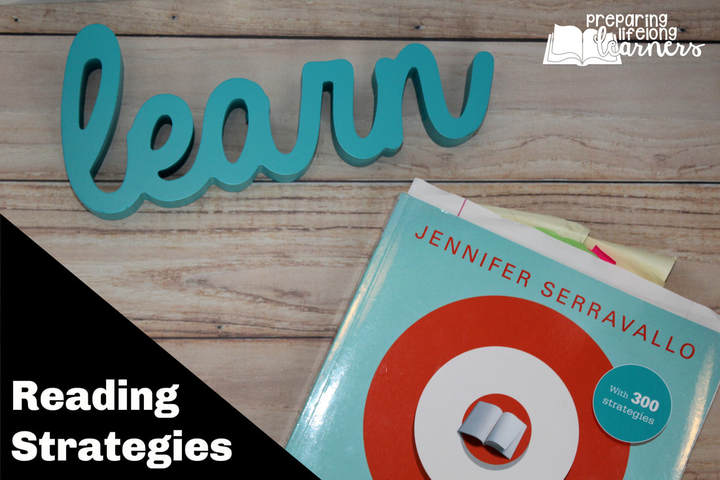
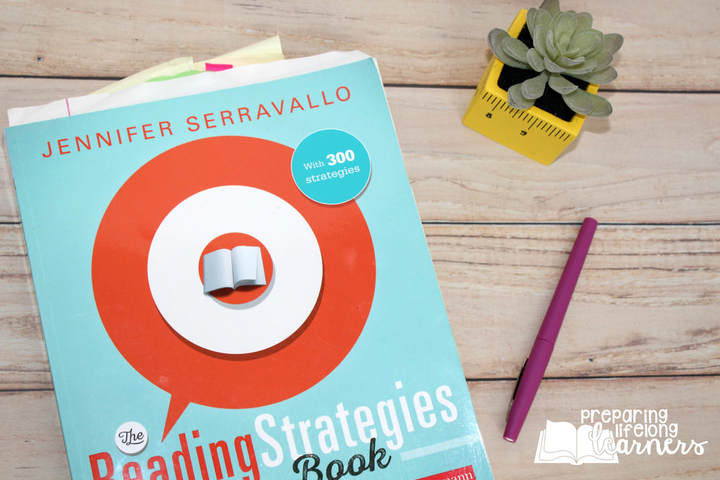
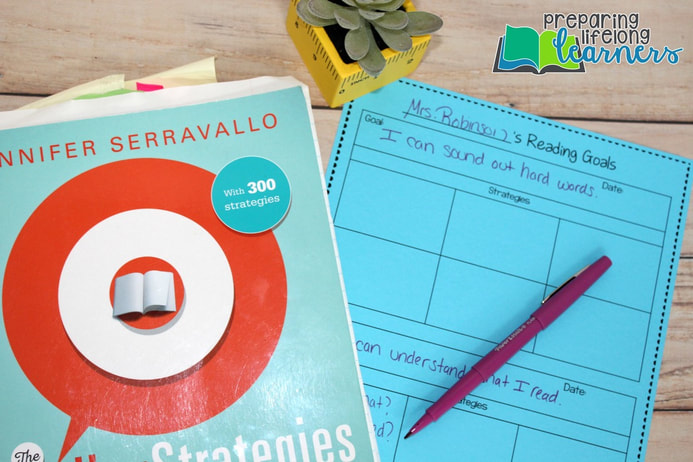

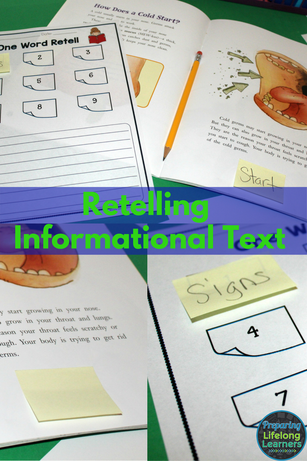
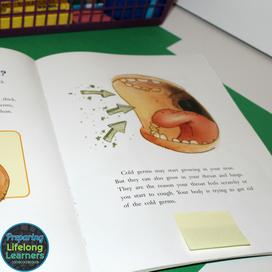

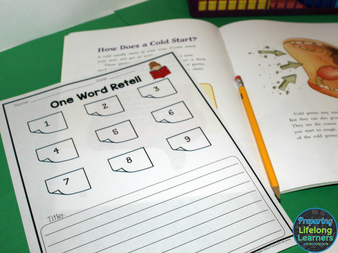
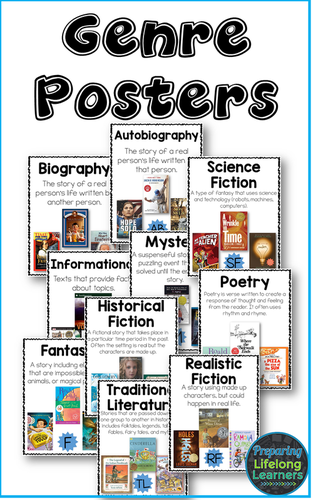
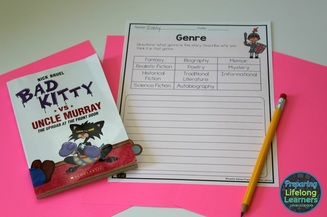
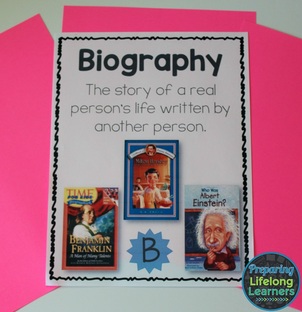
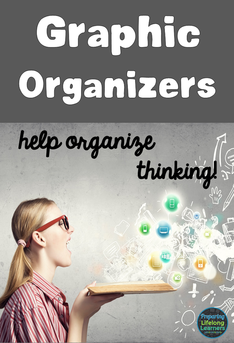
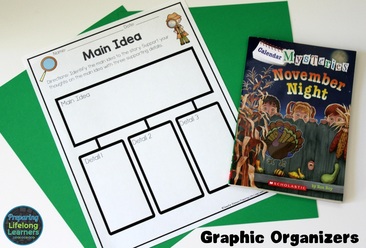
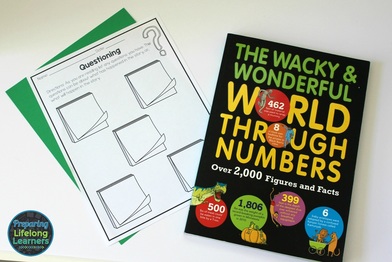

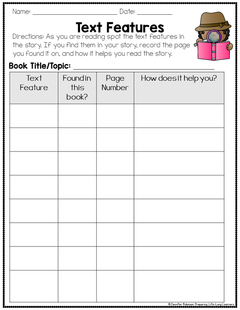
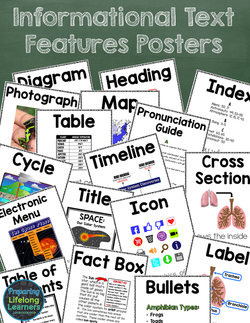


 RSS Feed
RSS Feed